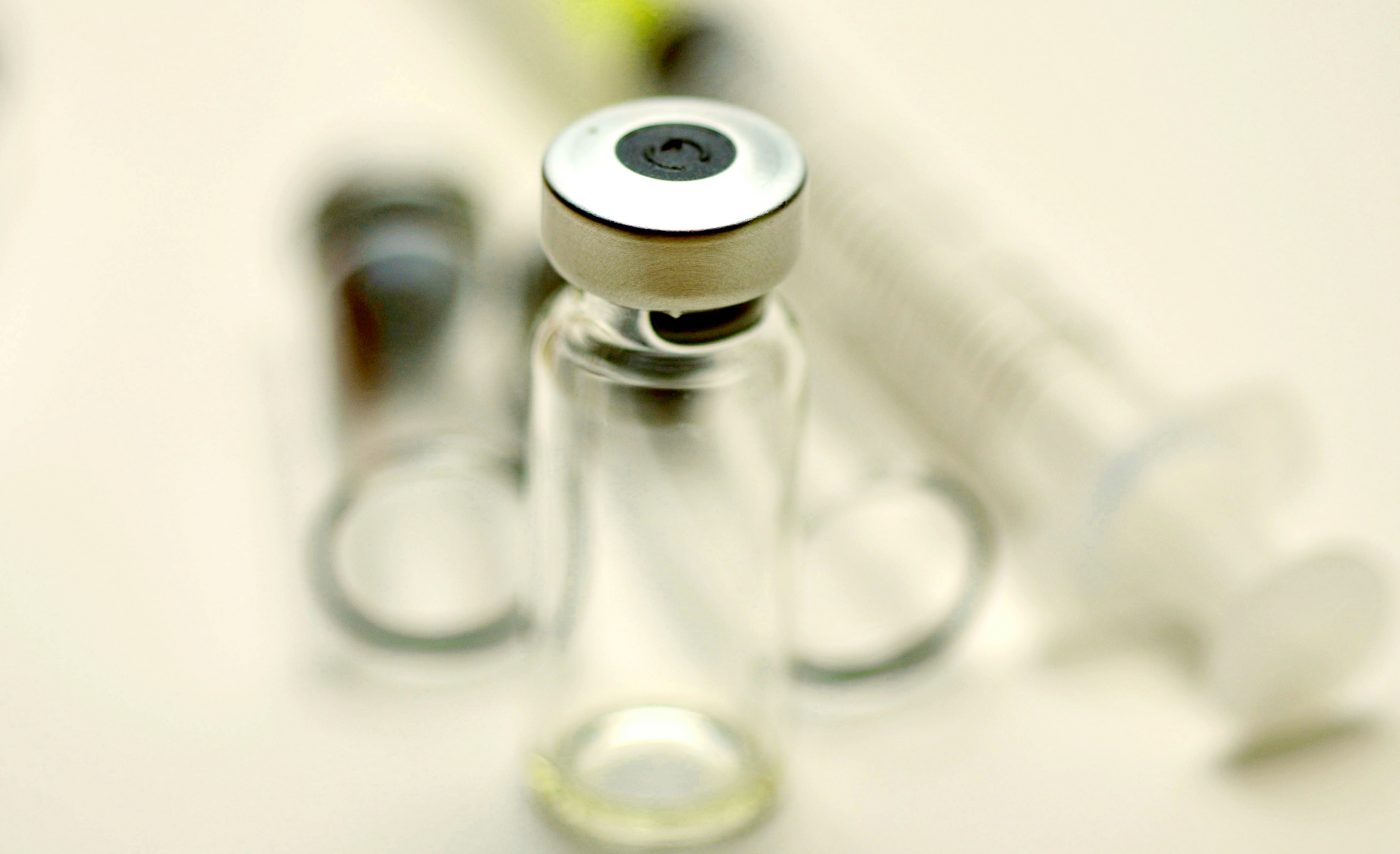Benlysta Treatment Lowers Disease Activity for SLE Patients, Real-world Data Shows

Treatment with Benlysta (belimumab) induces meaningful and long-lasting reductions in systemic lupus erythematosus (SLE) disease activity, helping a significant proportion of patients achieve durable remission or a status of low disease activity, a study in a real-world Italian population shows.
Patients diagnosed in the prior two years, with low damage accrual and lower disease activity scores, were the ones who benefited the most from this treatment, the research revealed.
The study, “Early disease and low baseline damage predict response to belimumab in patients with systemic lupus erythematosus,” was published in the journal Arthritis and Rheumatology.
Benlysta, developed by GlaxoSmithKline, is approved in the U.S., the European Union and Japan as an add-on biologic treatment for people 5 years and older with active SLE. The therapy has shown consistent safety and effectiveness in clinical practice, leading the European League Against Rheumatism (EULAR) to recommend its use for people who failed standard care treatments.
As with most other SLE therapies, the ultimate goal of Benlysta is to help patients achieve remission or a state of low disease activity, both associated with a lower risk of flares, reduced organ damage, and a better prognosis overall.
Researchers in Italy set out to investigate the factors that predict responses, remission, low disease activity, damage, and treatment discontinuation in SLE patients receiving Benlysta in a real-world setting. According to the investigators, they studied the largest nationwide group of European patients aimed at investigating Benlysta in SLE.
The team retrospectively examined patients treated from January 2013 to March 2019, and included in the Belimumab in Real Life Setting Study (BeRLiSS). Physicians prescribing Benlysta at Italian reference centers were invited to participate and to provide data regarding specific outcome measures at pre-determined time intervals.
For their study, the team of scientists included 466 participants with active SLE, 77 of whom had been diagnosed within the prior two years (classified as early lupus). All patients received Benlysta via an into-the-vein infusion at 24 centers.
Patients were followed for a median of 18 months. During that time, researchers assessed the proportion of patients who achieved remission and low disease activity — based on the SLE Disease Activity Index (SLEDAI) scores and medication use — and those who experienced clinically meaningful responses to treatment, defined as an improvement of four or more points in the SLEDAI score (a measure called SLE Responder Index 4 (SRI4).
The team also examined changes in disease flares, organ damage, and treatment discontinuation, and conducted statistical analyses to predict which factors were associated with better outcomes.
Results demonstrated that nearly half of patients (49.2%) achieved SRI4 after six months on treatment, a proportion that kept increasing for the first two years — 61.3% at one year, 69.7% at two years — and remained constant in the next two years (69.6% at three years and 66.7% at four years on Benlysta).
Predictors of response varied at each time point, but those with greater disease activity always were significantly more likely to respond to treatment. Patients with early disease were nearly two times more likely to respond to Benlysta at six months and almost four times more likely at two years, while those without organ damage at treatment initiation (baseline) also were more likely to respond within the first year. Notably, smoking significantly reduced the likelihood of a late response.
A significant proportion of patients (66.1%) spent at least half of their follow-up time in a low disease activity state and 44.3% were in remission at least 25% of the time. The team found that having lower disease activity and no organ damage at baseline were significant predictors of being on remission and low disease activity for these long periods.
Patients with high numbers of flares and kidney involvement at baseline were less likely to achieve remission. Benlysta treatment significantly reduced the incidence of flares, and only 9.4% of patients experienced new damage events while on treatment.
The team found that being at least half of follow-up time on low disease activity was protective from further damage, while having increased damage at baseline was predictive of further damage accrual.
Regarding safety, there were no deaths or severe infusion reactions among more than 10,000 Benlysta infusions. A total of 271 patients reported adverse side effects, with the most common being infections.
Also, 165 patients discontinued treatment within the first year, either due to an adverse event, inadequate response, pregnancy or remission. The researchers noted that discontinuation due to lack of effectiveness was associated significantly with a higher rate of flares before treatment.
“Our study provided novel evidence of a remarkable achievement of remission or LDA [low disease activity] during treatment, which were also likely to persist over time, and confirmed previous results on real-life use of belimumab [Benlysta],” the researchers wrote.
“At present, belimumab is frequently used as the last option in SLE treatment. Based on our data, we suggest that an earlier use of belimumab in patients with active SLE may maximize its efficacy,” they concluded.






